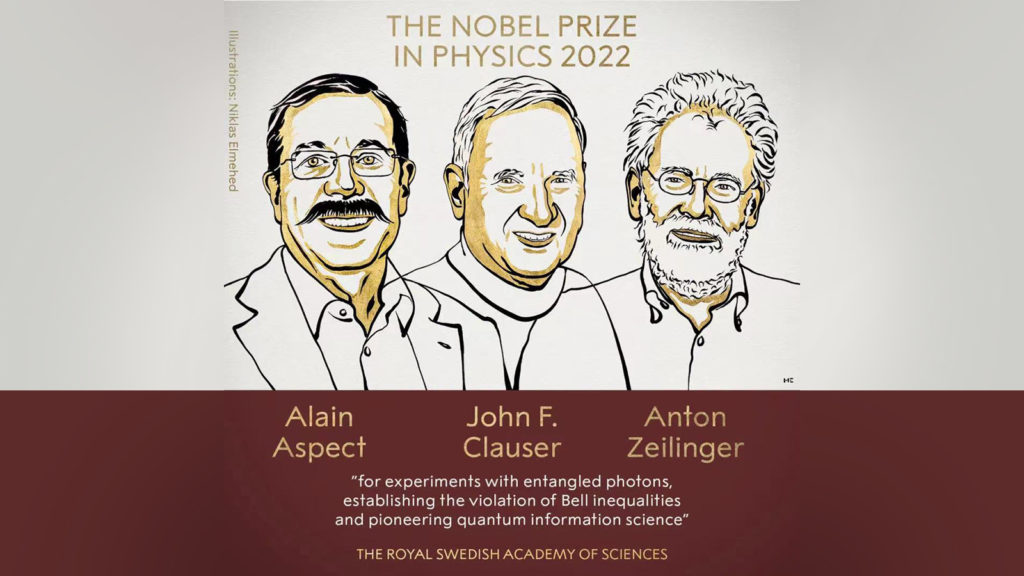From Quantum entanglement and nonlocality to quantum information processing //
Prof. Nicolas Brunner
GAP, Université de Genève //
Lundi 14 novembre, 12h30 École de Physique, Auditoire Stueckelberg
For many decades after its discovery, entanglement was perceived as an unphysical effect, providing strong evidence that quantum theory was incomplete. Today, we have a radically different perspective, viewing entanglement as one of the defining features of quantum physics, with broad implications and applications. This dramatic change of viewpoint originates from groundbreaking work by John Bell in the 1960s, demonstrating that quantum entanglement gives rise to strong correlations which are incompatible with any physical theory satisfying a natural notion of locality. In the following two decades, the first experiments with entangled photons were realized, providing striking confirmations of quantum nonlocality, via significant violations of Bell’s inequality. In turn, these experiments also established a physical platform for quantum information processing. These discoveries and landmark experiments were celebrated this year by the attribution of the Nobel Prize in Physics to John Clauser, Alain Aspect and Anton Zeilinger.

